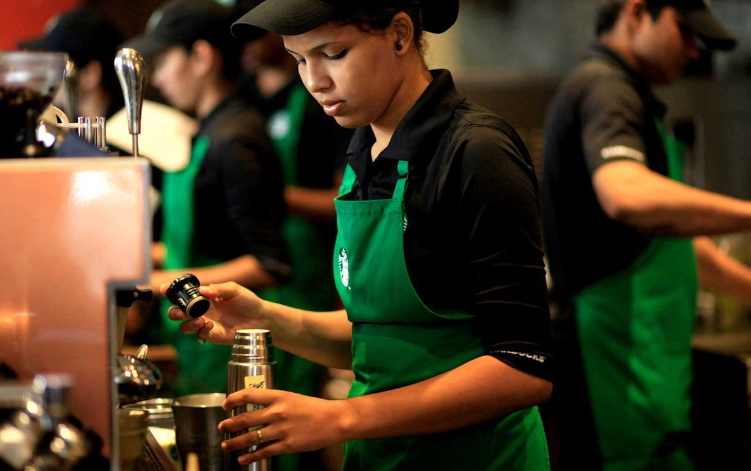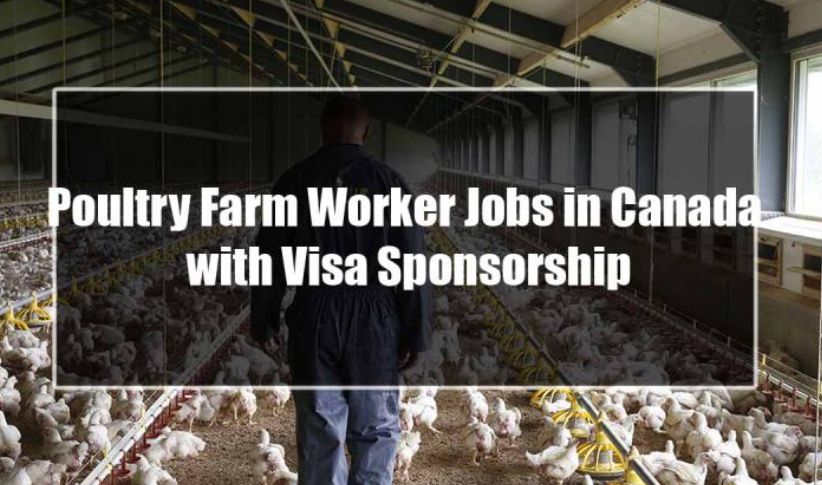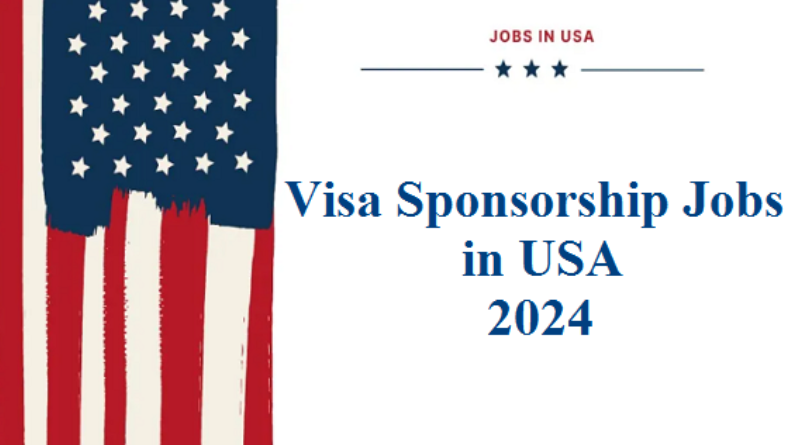The allure of Australia extends far beyond its stunning landscapes. A booming economy and a strong demand for skilled workers make it a top destination for ambitious individuals seeking to build a life abroad. But for those who dream of working in Australia, navigating the visa sponsorship process can seem daunting.
This guide will equip you with the knowledge needed to understand the requirements and procedures for securing an employer-sponsored visa in Australia.
Working in Australia
Australia, with its sunshine, beaches, and booming job market, is a top destination for skilled workers seeking a fresh start. But before packing your bags and heading Down Under, there are crucial steps to understand: the requirements for working in Australia and the visa sponsorship procedures.
Eligibility for Sponsorship
The cornerstone of working in Australia on a sponsored visa is being nominated by an approved employer. This employer must demonstrate a genuine need for your skills and prove they’ve tried to find a suitable Australian candidate before looking overseas.
For You (The Worker):
- Occupation on a Skilled List: Your occupation must be listed on the Australian Government’s Medium and Long-term Strategic Skills List (MLTSSL). This ensures your skills are in high demand within Australia.
- Work Experience and Qualifications: You’ll typically need a minimum of two years of recent experience relevant to the nominated occupation. Qualifications may or may not be mandatory depending on the specific occupation.
- Skills Assessment (for some occupations): Certain professions require a skills assessment from the relevant assessing authority to verify your qualifications meet Australian standards.
- English Language Proficiency: You’ll need to demonstrate English language proficiency through tests like IELTS or PTE.
- Age Requirement: There might be an age limit, often 45 years old, for some sponsored visa subclasses.
- Health and Character Requirements: You must meet health checks and character requirements to ensure you pose no risk to Australia’s public health or safety.
For Your Employer (The Sponsor):
- Approved Sponsor Status: The employer must be registered with the Department of Home Affairs as an approved sponsor.
- Genuine Need for Your Skills: They need to provide evidence that they’ve genuinely tried to recruit an Australian candidate and couldn’t find a suitable fit.
- Market-Rate Salary: The offered salary must be at least the market rate for the nominated position.
Types of Employer Sponsored Visas
There are several visa subclasses under the employer sponsorship umbrella, each with specific requirements:
- Temporary Skill Shortage (TSS) visa: This temporary visa is for occupations experiencing a skills shortage. Processing times are generally faster than other options.
- Employer Nominated Scheme (ENS) visa: This visa can lead to permanent residency and has two pathways. Pathway One allows for nomination based on employer sponsorship alone, while Pathway Two requires a skills assessment and three years of experience.
- Skilled Employer Sponsored Regional (Provisional) visa: This visa is designed to attract skilled workers to regional areas of Australia. It has a pathway to permanent residency.
Visa Sponsorship Procedures: Application Process
Landing a job in Australia is exciting, but the real journey begins with securing the appropriate visa. Employer sponsorship provides a pathway for skilled workers to gain residency and work Down Under. Here’s a breakdown of the visa sponsorship procedures:
Stage 1: Employer Gets Sponsorship Ready
- Become an Approved Sponsor: The employer initiates the process by registering with the Department of Home Affairs as an approved sponsor. This involves demonstrating financial stability, a clean record of employing foreign workers, and a genuine need for skilled labor. Processing times can vary, so patience is key.
- Understanding Sponsorship Obligations: Once approved, the employer becomes responsible for understanding their sponsorship obligations. This includes adhering to market salary rates for the sponsored position and maintaining accurate records of your employment.
Stage 2: Nomination – Your Chance to Shine
- Employer Nominates You: After securing sponsorship approval, the employer nominates you for the specific position. This involves submitting a detailed application outlining your skills, qualifications, and experience. They’ll need to demonstrate how your expertise aligns with the job requirements and that genuine efforts were made to recruit an Australian candidate.
- Skills Assessment (if applicable): For certain professions, a skills assessment from the relevant assessing authority is mandatory during the nomination stage. This verifies if your qualifications meet Australian standards.
Stage 3: Your Visa Application – Time to Take Charge
- Choose the Right Visa Subclass: Based on your occupation and the employer’s nomination, you’ll identify the most suitable visa subclass (e.g., TSS or ENS). Each subclass has specific requirements, so careful consideration is crucial.
- Gather Your Documentation: Prepare all the necessary documents like your resume, educational certificates, passport, skills assessment (if required), proof of English language proficiency, and evidence of health checks.
- Lodging Your Application: Once you have all the documents in order, you can lodge your visa application electronically through the Department of Home Affairs ImmiAccount portal. Processing times can vary depending on the subclass and the current workload.
Pro Tip: Seeking Professional Help
The visa sponsorship process can be intricate. Consider consulting a registered migration agent who can guide you through the legalities and ensure a smooth application process. Their expertise can save you time, stress, and potentially avoid application delays.
By understanding these stages and the crucial role of both the employer and the applicant, you can approach the visa sponsorship process with confidence. Remember, thorough preparation and adherence to the specific requirements are key to securing your Australian work visa and building a life Down Under.
Additional Resources
For the most up-to-date information on sponsorship visas and requirements, refer to the Australian Government Department of Home Affairs website: https://immi.homeaffairs.gov.au/
Immigration regulations can change, so consulting a registered migration agent for personalized advice is highly recommended throughout this process. With careful planning and meeting the eligibility criteria, working in Australia on a sponsored visa can be a rewarding adventure.
Frequently Asked Questions (FAQs)
Here are some of the most commonly asked questions about Working in Australia you may want to know about:
Q: What are the salary expectations for sponsored positions?
A: A crucial aspect of employer sponsorship is ensuring the offered salary is at market value. This protects both the sponsored worker and Australian workers in the same field. Here’s what to expect:
- Market Rate Benchmark: Employers must demonstrate the offered salary aligns with the market rate for the nominated position in the specific location.
- Fair Work Commission: Australia’s Fair Work Commission publishes wage information for various occupations. This can be a helpful resource to understand the expected salary range.
Q: What are the benefits of working in Australia with a sponsored visa?
A: There are several advantages to pursuing an employer-sponsored visa:
- Pathway to Permanent Residency: Many sponsored visa subclasses offer a pathway to permanent residency, allowing you to build a long-term future in Australia.
- Career Opportunities: Australia boasts a thriving economy with a strong demand for skilled workers. Sponsorship opens doors to exciting career prospects.
- Lifestyle: Australia offers a high standard of living, beautiful landscapes, and a multicultural society.
Q: What’s the living cost like in Australia?
A: Living costs can vary depending on your lifestyle and chosen location. Major cities like Sydney and Melbourne tend to be more expensive than regional areas. Researching the cost of living in your desired location can help you budget effectively.
Q: How long does the visa sponsorship process typically take?
A: Processing times can vary depending on the specific visa subclass, workload of the Department of Home Affairs, and individual circumstances. Generally, TSS visas tend to be processed faster than those with a pathway to permanent residency like ENS. It’s wise to factor in processing times when planning your move to Australia.
Q: Can I bring my family with me on a sponsored visa?
A: Yes, depending on the specific visa subclass, you may be able to include your spouse and dependent children in your visa application. This allows them to live in Australia with you while you work.
Q: What happens after my sponsored visa expires?
A: The validity period depends on the visa subclass. Some temporary visas, like the TSS, might require you to leave Australia and re-apply if you wish to stay longer. Other visas, like the ENS, offer a pathway to permanent residency after meeting specific criteria.
Q: Are there any specific medical checks required for a sponsored visa?
A: Yes, you’ll need to undergo health checks by a doctor approved by the Australian Government. This is to ensure you don’t pose a health risk to the community.
Q: What are some challenges I might face working in Australia on a sponsored visa?
A: Here are a few potential challenges:
- Finding an employer willing to sponsor: Competition for sponsored positions can be high, so highlighting your unique skills and experience is crucial.
- Adapting to a new work culture: Australian workplaces tend to be more casual and collaborative compared to some countries.
- Visa application complexities: The process can be complex, so thorough preparation and potentially seeking professional guidance can be beneficial.
By understanding the challenges and taking proactive steps, you can prepare for a smooth transition to working in Australia under a sponsored visa.
See More Details and Apply
Conclusion
Working in Australia with visa sponsorship presents a fantastic opportunity for skilled workers. While the process requires planning and meeting specific requirements, a successful outcome allows you to build a life Down Under. Thorough research, careful preparation, and potentially seeking professional help can significantly increase your chances of securing your dream job and embarking on this exciting adventure.





